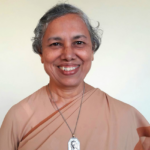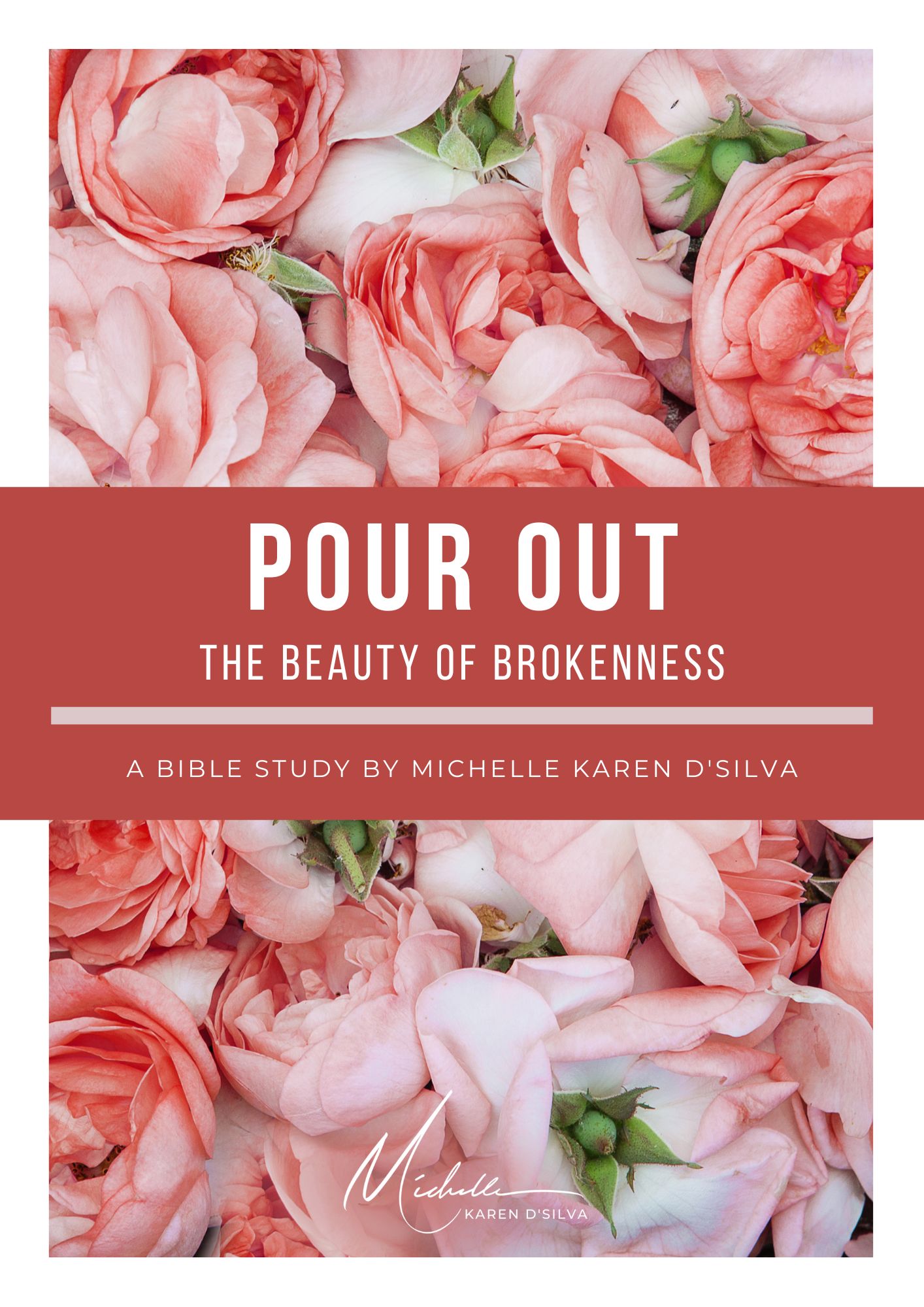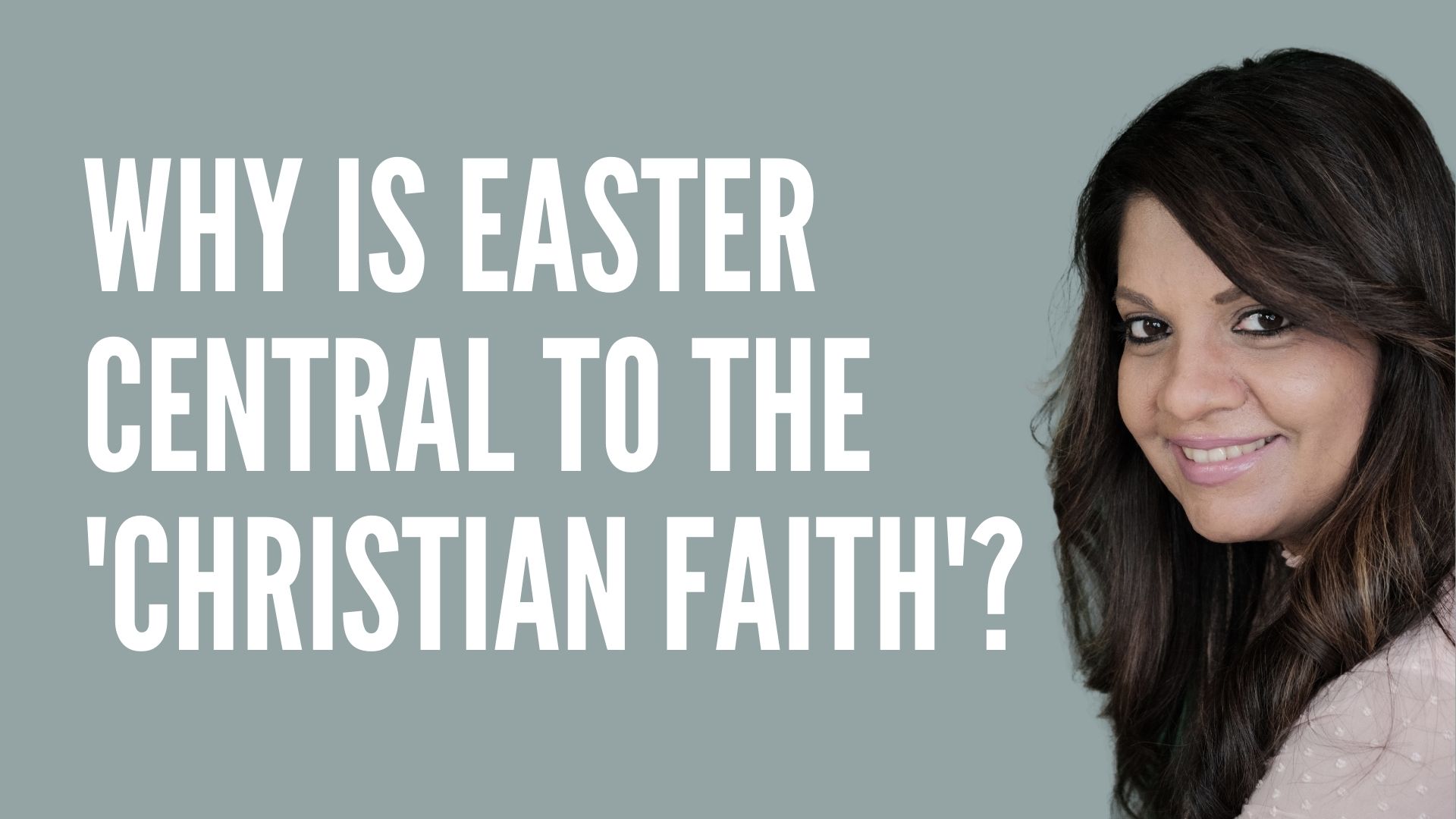SAINT MAGDALENE OF CANOSSA
“For better prospects” is an oft heard explanation given by applicants seeking jobs, shifting jobs and migrating across countries. To better one’s life-conditions or status is considered normal and even commendable in society. Till energies permit, the normal person is constantly striving to move towards socio-economic and even political upgrade as far as it is possible.
What then would cause a human being to excel the other way around, that is, to move from abundance to austerity, from luxury to lack, from an abode of smooth marble to one of coarse bricks, from clothes of soft silk and satin to attire that braises the skin?
“Vanity of vanities, all is vanity!” cries Ecclesiastes.
The experience of the transience of life has caused many a soul to abandon affluence and embrace poverty in a way that never ceases to baffle the world.
St. Magdalene of Canossa ranks among this range of stalwarts whose ‘madness’ left its mark on humanity, and even today attracts attention and ardent devotion and dedication to her inspiration and model: Jesus Christ Crucified and Our Lady of Sorrows.
Embracing poverty
Born to an aristocratic family in Verona, Italy, on 1st March 1774, one would say she was born with a silver spoon in her mouth. Though dismayed, at first, at the child not being a boy – the heir they so badly wanted and awaited – Magdalene proved to be an affectionate and lively child who quickly won the family’s favour. Her early childhood was blissful indeed with doting parents and others in the household who not only lavished affection but also instilled sound Christian values in the children.
Her father, Marquis Ottavio of Canossa, was a vigorous human being who loved the outdoors. It was on one of his geological expeditions in 1779 that he was struck down by a massive cardiac arrest and succumbed to it the next day. Magdalene was just five years old, with an older sibling and three younger to her. Two years later, Magdalene’s mother, Countess Teresa Zluha aged 29, left Canossa Palace to remarry elsewhere – leaving Magdalene and her siblings to know life on the darker terrain.
The men of the house confided her brother Boniface to a tutor for his education, and the girls to the care of a governess. The lady, though initially condescending, in time turned out to be the scourge that would batter Magdalene’s spirit as she stood for truth and honesty against falsehood. Harsh words and punishments injured her sensitive heart. The governess was eventually dismissed, but the impact of the onslaught was such as to leave Magdalene emotionally and physically devastated, reaching the brink of death.
Embracing Stillness
Magdalene emerged from this ordeal with a firm conviction to see life differently. In the shadows and darkness of suffering, she had encountered The Light.
She knew that “It is the Lord!” (John 21:7). She had found what would ultimately satisfy and she would seek none but Him evermore.
It is here that she developed a taste for silence and prayer. It is here that she emptied herself of all the glories of the world. It is here that she found peace within the poverty of her own spirit.
Magdalene joined the cloister assuming it to be the best and only way to give herself wholly to God Alone. Yet even here, a restless heart with “the cry of my beloved poor” disturbed her greatly. She was often at a loss to know how to reconcile her attraction to silence and prayer with her desire to serve the poor, the disadvantaged and the vulnerable that she saw around her. Responsibilities at home kept her tied down for years. But the oil of faith and love kept her inner lamp burning.
“Through assiduous spiritual direction and the works of charity, she carefully discerned her vocation” remarked Pope St. John Paul II at the homily during her canonization in 1988).
Young Magdalene gradually came to a clearer and deeper understanding of her call. She realized that the life-style marked out for her was to be “an anchorite at home and an apostle outside”, reconciling the monastic lifestyle of the Religious of her times, with the contemporary need to save the young who were ensnared in the bizarre ravages of war, human greed and callousness.
Embracing Vocation
Having fulfilled all her obligations and settled matters at home, she finally obtained permission from her family to realize her vocation. Magdalene quit the royal Canossa Palace and took up abode in a vacant monastery at San Zeno, the neighbourhood of the ghettos of the poorer sections of society. It was 8th May, 1808. Magdalene found it ideal for her purposes – to live a life of harmony between silence and seclusion as well as outreach to her “Beloved Poor”. This convent in Verona became her first permanent abode and spring board for launching into her new life – an extraordinary life indeed!
With her companions, she worked hard to make the house habitable and hospitable. She sought out and welcomed distraught and disadvantaged girls around. She taught them basic and necessary life-skills by which to live decent and honest lives. Her education and catechesis was aimed at the “prevention of sin” and responsible contribution to human society. She wanted them to be “good mothers and citizens”. Distraught at the level of ignorance of the ways of God and the Church prevalent among the people, Magdalene and her companions gave serious attention to the teaching of Christian doctrine specially at the Parish.
Magdalene also started training and equipping teachers with sound moral and spiritual values. These came mainly from the countryside and went back there to teach, so her sphere of influence increased.
Embracing Charity
Before long Magdalene groaned with new birth pangs and brought forth the Congregation of the Canossian Sons of Charity to take care of the needs of the boys.
Being the time of the Napoleonic wars, there was no dearth of misery around. Magdalene and her sisters became angels of mercy to the wounded and sick in the hospitals.
Magdalene invited good-willed aristocratic women to come and do their spiritual exercises in the convent, thereby enlightening them about their own responsibilities towards God and society. “We must help them find their place among the Poor in Heaven” she would say. And so, they became Canossian Collaborators helping to make God known and loved, be it in their households or in the vicinity.
She would often cry out “Charity is a fire that seeks to embrace all!”
Venice, Milan, Bergamo, Trent, were other places in Italy that would benefit from Magdalene’s romance with the Divine during her life-time. Her desire to “go even to the land of whales to make God known and loved” would evolve slowly and steadily. Today her sons and daughters, the Canossians find themselves strewn in many parts of the world involved in a variety of charitable works.
Magdalene had shunned “better prospects”, but she was rewarded with “better things” from “The Good Master” as Saint Bakhita would say. She taught that the riches of the kingdom far outweigh the joy of anything we could acquire from this world.
Blessed is she who believed in the promises of Christ and reaped a harvest of abundant life for the Kingdom of God. Yes, the Paschal mystery is amazing indeed… even today… even for me and for YOU!
ABOUT THE AUTHOR

Sister Berlinda D’Cruz is a Canossian nun based in Mumbai, India. Having spent over two decades in formation and administration across Africa and India, she is passionate about helping people through education and mentoring, to wade out of oppressive systems in their lives. Sister Berlinda confesses her ordinariness albeit she encases an extraordinary secret: of course I’m in a muddle, but God still finds me delightful!








